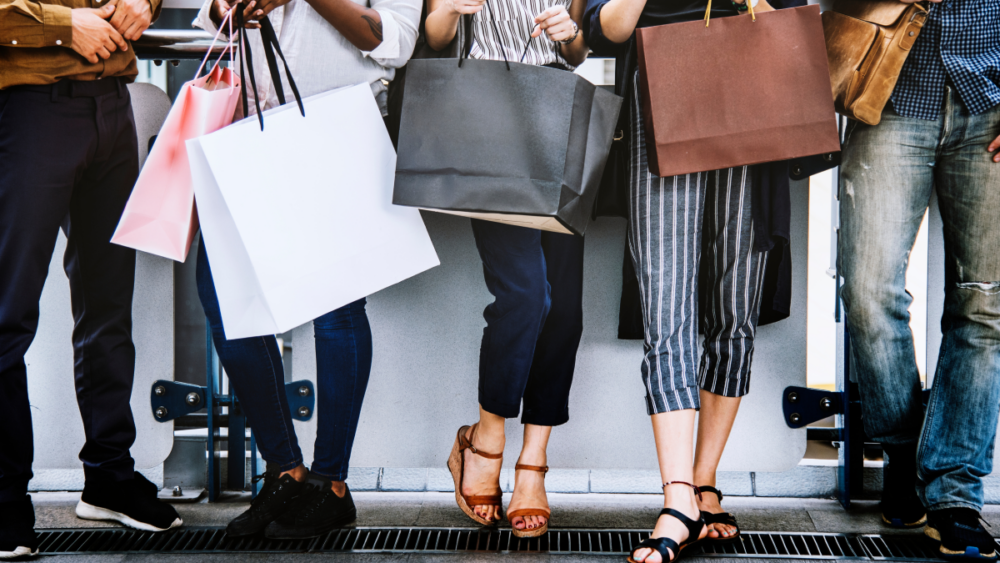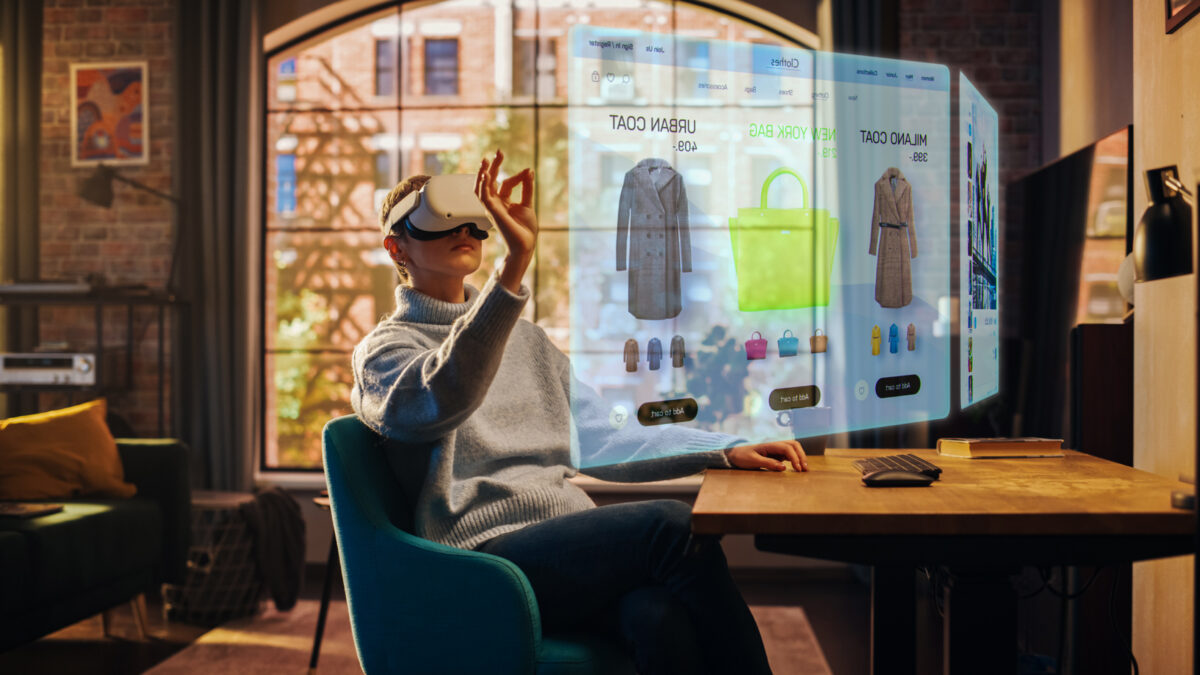At the height of 1980s shopping mall culture, people were playfully encouraged to “shop ‘til you drop!” And so they did. Now, 40 years and a digital revolution later, the way we shop has changed dramatically. People who shop in excess might not be doing so in person, but they’re still spending in tremendous bursts of money. So what do brands need to know about consumers who have a tendency to go on a shopping spree?
At Anagram, we recognize that binge or ‘indulgence’ behaviors are not universal. For brands, it’s important to understand the nuance of each of these types of activities. That’s why we recently surveyed more than 1,000 self-identified American who partake in excess in certain behaviors such as dining out, scrolling social media, and, of course, shopping—to get a handle on how they indulge, why they do it, and what impact they believe it has on their lives.
Binge Shopping: The Third-Most Popular Indulgence Behavior
According to our survey, shopping is the third most-common indulgence behavior, with 43 percent of respondents denoting it as one of their indulgences. It ranks behind the top binge habits of watching or streaming TV shows (68 percent) and spending time on social media (50 percent). This means that shopping is the top indulgence behavior that’s not necessarily happening on a screen. But as you’ll see below, thanks to online retailers like Amazon, screens are still a big part of this behavior.
Our research found that every indulgence behavior has a different perceived impact on people. In many cases, even though people recognize that a certain indulgence activity might have a negative impact on their lives, there’s often no clear plan to reduce or eliminate the behavior. But what about shopping? How do people perceive the impact of excessive and compulsive shopping on their lives—and what do they plan to do about it?
Who Are the Shopaholics?
From a gender perspective, women are more likely to be a shopaholic than men, but the gap might not be as considerable as stereotypes would have us believe. While shopping ranks third among women as a indulgence activity at 45 percent, it ranks fourth among men at 40 percent.
Consumers aged 30-40 report the highest prevalence of this behavior at 54 percent, while consumers aged 56-65 are least likely to shop excessively at 29 percent. Perhaps unsurprisingly, consumers at the highest socioeconomic level tend to do it the most—presumably because their disposable income permits the indulgence more easily. In general, people tend to binge shop on the weekends, either alone (53 percent) or with family (29 percent with adult family and 22 percent with children).
Why Do Shopaholics Shop?
Shopping sprees are done mainly to lift the spirit (42 percent) and relieve anxiety (33 percent). Other common reasons include filling in the time (25 percent), entertainment (24 percent), and as a way to gain confidence (19 percent).
About a third of shopaholics say they’ve shopped excessively between 3 and 5 times in the past three months, with 21 percent saying they’ve done it more than 10 times. In terms of the impact of excessive shopping, 27 percent of interviewees say it has a negative impact on their lives, and 30 percent are willing to stop or decrease this behavior in the coming year. At the same time, 36 percent consider shopping sprees to be a positive activity for them, though only 19 percent expect to increase this behavior in the coming 12 months.
How Can Marketers Connect with Shopaholics?
When it comes to where people indulge in shopping, we see that 66 percent frequent Amazon, 47 percent binge with mass retailers, 32 percent do so at the grocery store, and 30 percent on other online sites. Likewise, 42 percent say they learn about the brands via online search, while 35 percent rely on social media sites. In other words, for brands looking to connect with shopaholics those search and social media advertising dollars are being put to good use. This is especially true given that 46 percent of shopaholics say they’re open to considering new brands, while 34 percent declare they’re very loyal to their existing brands.

Ready to Get Your Brand in Front of Shopaholics?
Is your brand looking to connect with targeted groups of consumers by tapping into next-level human insights? Anagram can help. Let’s talk!



